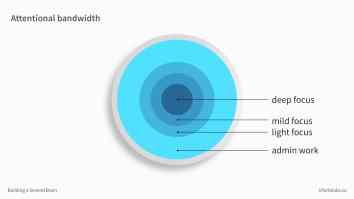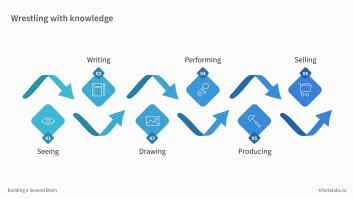
Just-In-Time PM #18: Motivational Waves
In Part 17, I argued that unique states of mind are the most powerful resource available to knowledge workers. But these states are difficult to reproduce on demand, and come and go unpredictably.
Our challenge becomes clear: how do we capture the value from a series of valuable, yet fleeting mental states?
Let’s take the











